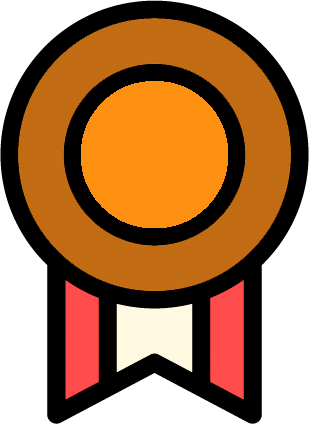오역
myungwoo Reply 9 years 23 weeks ago
원문을 보니 세로 크기 N, 가로 크기 M 입니다.
Problem 13: Avoid The Lakes [Jeffrey Wang, 2007]
Farmer John's farm was flooded in the most recent storm, a fact
only aggravated by the information that his cows are deathly afraid
of water. His insurance agency will only repay him, however, an
amount depending on the size of the largest "lake" on his farm.
The farm is represented as a rectangular grid with N (1 <= N <=
100) rows and M (1 <= M <= 100) columns. Each cell in the grid is
either dry or submerged, and exactly K (1 <= K <= N*M) of the cells
are submerged. As one would expect, a lake has a central cell to
which other cells connect by sharing a long edge (not a corner).
Any cell that shares a long edge with the central cell or shares a
long edge with any connected cell becomes a connected cell and is
part of the lake.
PROBLEM NAME: lake
INPUT FORMAT:
* Line 1: Three space-separated integers: N, M, and K
* Lines 2..K+1: Line i+1 describes one submerged location with two
space separated integers that are its row and column: R and C
SAMPLE INPUT (file lake.in):
3 4 5
3 2
2 2
3 1
2 3
1 1
INPUT DETAILS:
The farm is a grid with three rows and four columns; five of the cells
are submerged. They are located in the positions (row 3, column 2);
(row 2, column 2); (row 3, column 1); (row 2, column 3); (row 1,
column 1):
# . . .
. # # .
# # . .
OUTPUT FORMAT:
* Line 1: The number of cells that the largest lake contains.
SAMPLE OUTPUT (file lake.out):
4
OUTPUT DETAILS:
The largest lake consists of the input's first four cells.
pichulia 
 Reply 9 years 23 weeks ago
Reply 9 years 23 weeks ago
오역 찾아주셔서 감사합니다.
indosm  Reply 9 years 23 weeks ago
Reply 9 years 23 weeks ago
ㅜㅜㅜ 어쩐지 틀린게 없다 싶었는데 이것때문에 그랬군요
가로 세로만 바꿔주니 바로 맞네여..